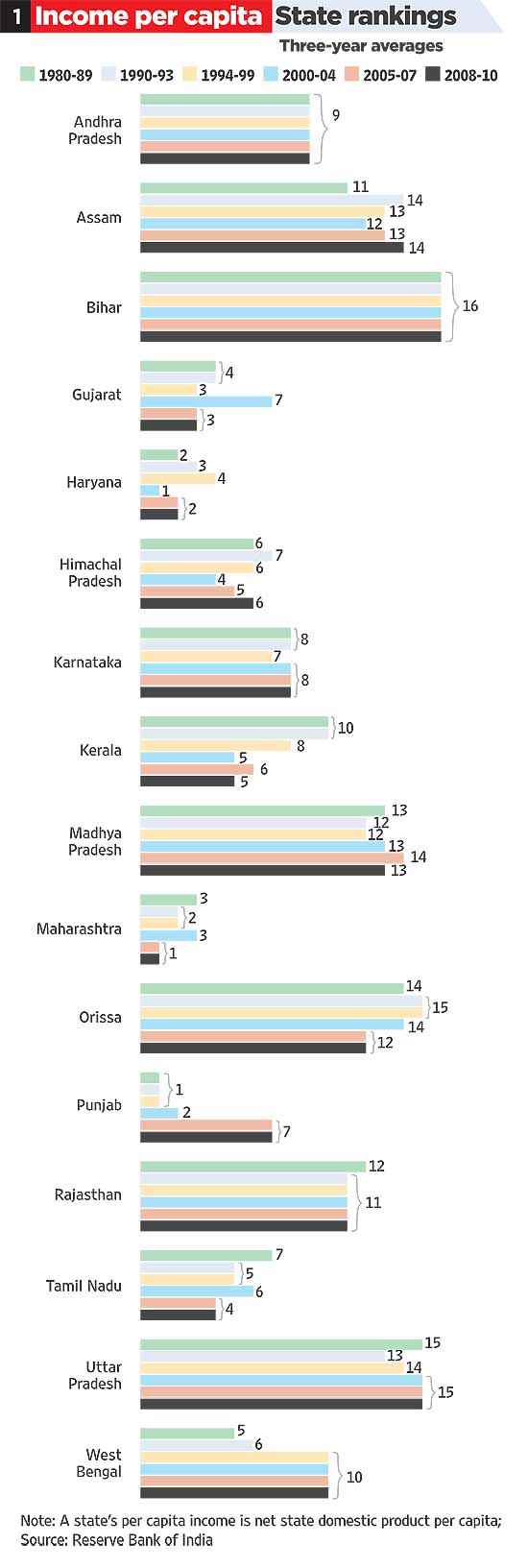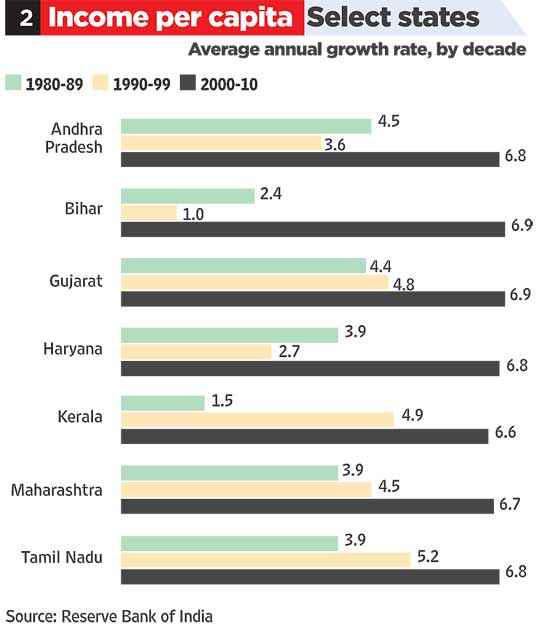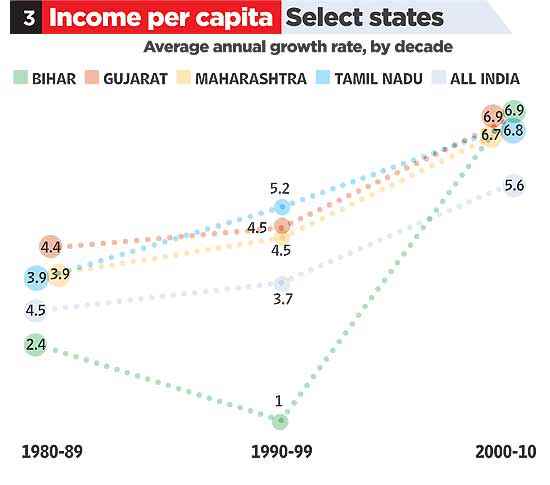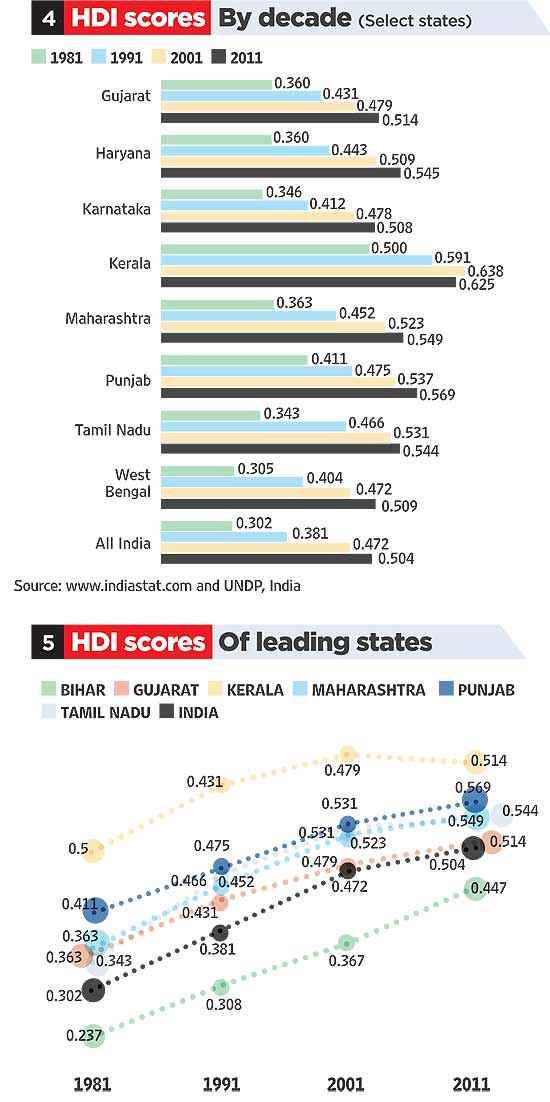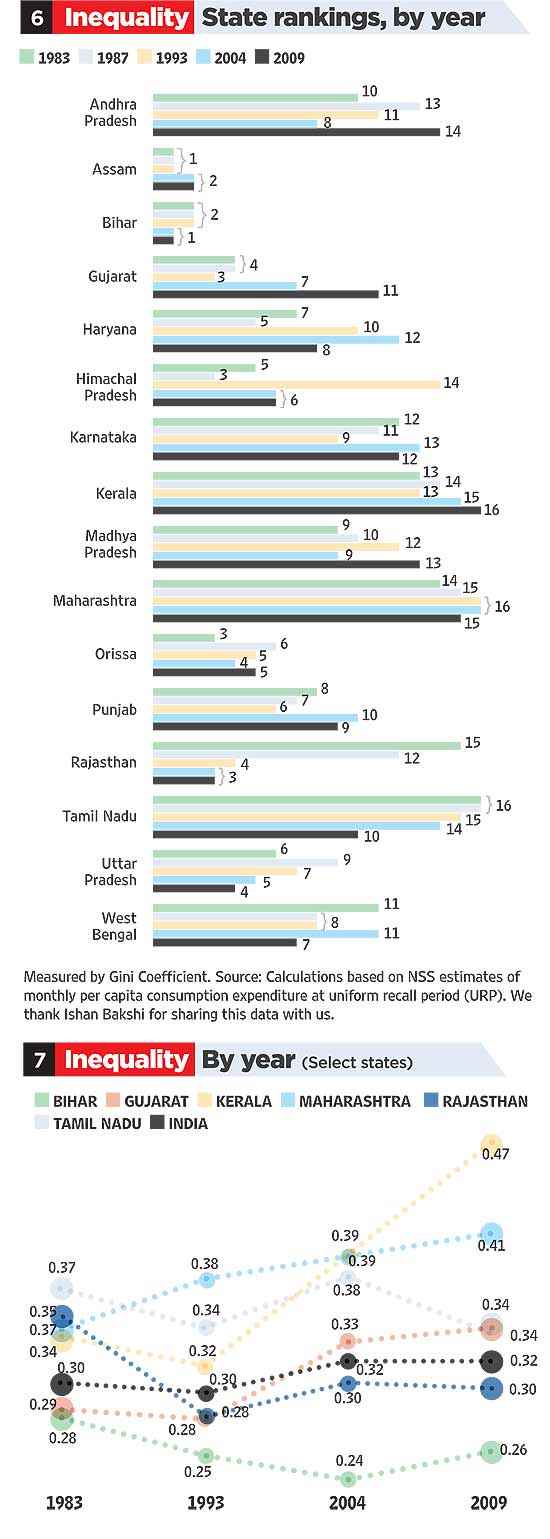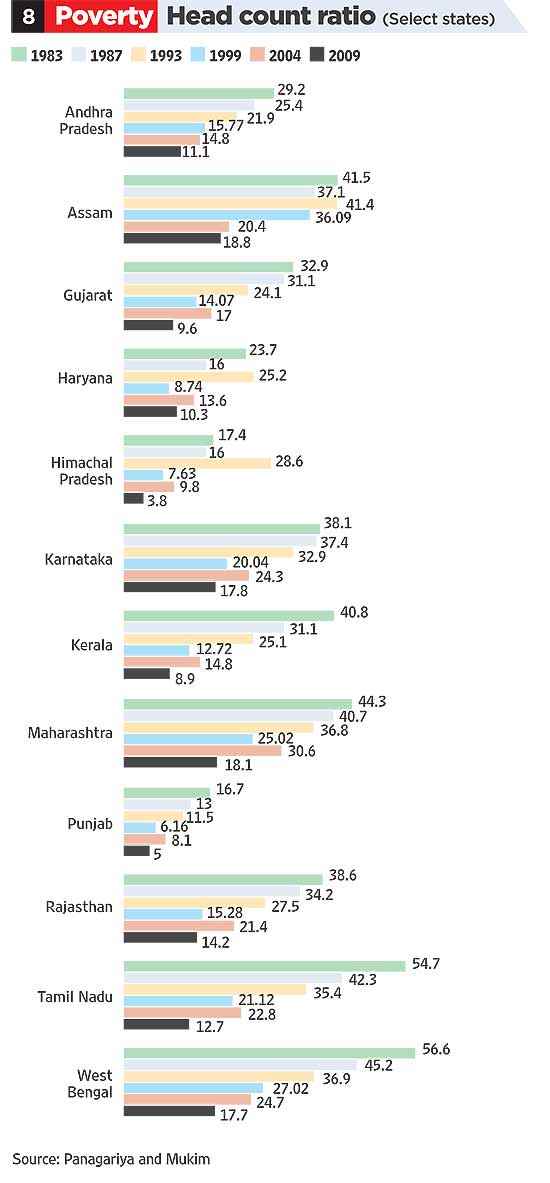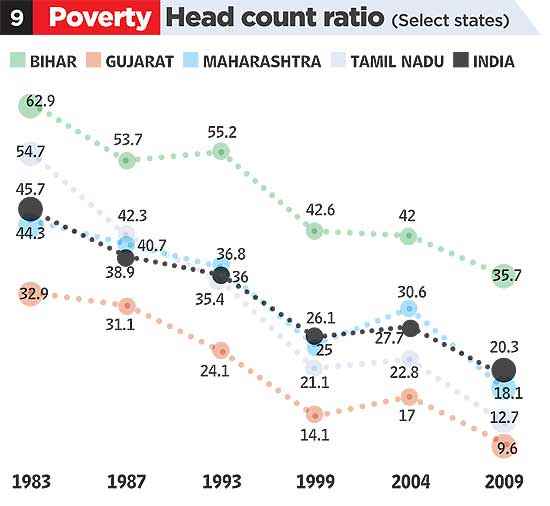Inheritance, which rewards the wealthy for doing nothing, is once again becoming a key route to riches – just as it was in the Victorian era

'The transfer of wealth between generations allows access to privileges that are otherwise beyond reach.' Photograph: Cultura Creative (RF) / Alamy/Alamy
Inherited wealth is the great taboo of British politics. Nobody likes to talk about it, but it determines a huge number of outcomes: from participation in public life, to access to education, to the ability to save or purchase property. When David Cameron recently promised to raise the threshold for inheritance tax to £1m and praised "people who have worked hard and saved", he is singing from the hymn sheet of inherited inequality: it is, after all, easier to save if you inherit substantial sums to squirrel away, or if you can lock money in property that is virtually guaranteed to offer huge returns. Hard work has very little to do with it.
In 2010-11, the most recent period for which we have figures, 15,584 estates of 259,989 notified for probate paid inheritance tax. That is approximately 3% of all deaths that year. Already, inheritance tax is paid by a tiny fraction of all estates. The asset composition of these estates remains stable over time, with property composing about 50% of taxable estates; a disproportionate number of these are located in London and the south-east, reflecting the rocketing house prices in that corner of the country. The "nil-rate threshold" – the value under which inherited wealth is untouched by tax – currently stands at £325,000, frozen since April 2009. But that's only half the story. Since 2007, it has been possible for spouses to transfer their unused nil-rate band allowance to their surviving partner. This has lifted many estates in the £300-500,000 band out of inheritance tax altogether: at this point we are beginning to talk about substantial, indeed life-altering, sums of money.
Beyond these key figures lies a hinterland of tax-minimisation strategies through which assets can be exempted from tax, including various types of trust and business property relief. Despite nominal efforts to curb this kind of minimisation, there remains a booming market in financial advice tailored to avoidance. The knock-on effects of this minimisation are huge: it permits further concentration of wealth in the hands of those who already possess it, rewarding those cunning enough to avoid taxation, and cushioning their children with an influx of unearned wealth. There are obvious uses to which this can be put: paying off student loans early, thus avoiding interest, investing in buy-to-let property, or high-return financial products. It permits the children of the middle classes to sustain themselves through unpaid internships or unfunded study into secure middle-class careers, while locking these off from those without such resources. Given the chancellor's recent changes to pensions, the flow of cash into property as a secure income stream for the already wealthy is only likely to increase. Again, despite the rhetoric, this has little to do with hard work, but the preservation of wealth gaps between classes.
Why do we permit this? The transfer of wealth between generations is an injustice: it is a reward for no work, and a form of access to privileges that are otherwise beyond reach. Professor Thomas Piketty, in his new book Capital in the Twenty-First Century, makes the argument that, after a social-democratic blip in the middle of the last century, inheritance is once again becoming the key route to wealth. Piketty argues that if wealth is concentrated and the return on capital is higher than the economy's growth rate, inherited wealth will grow more rapidly than that stemming from work. This returns us to the terrain of Balzac and Austen, where the road to financial security is to target those who already possess wealth and, where possible, marry them. The data Piketty analyses – a huge and comprehensive set – suggests that the proportion of people receiving a sum in inheritance larger than the lifetime earnings of the bottom 50% is set to return to 19th-century levels in the next couple of decades. Pleasant news for our neo-Victorian government; less pleasant for the rest of us, and a disaster for anyone who cares about inequality.
It is difficult to justify inherited wealth from anything other than a class-partisan position. It is the point where the already threadbare veil of "meritocracy" falls off to reveal a fiscal system designed to reward already concentrated pots of wealth. Far from a Keynesian "euthanasia of the rentier", we are seeing the triumph of a rentier economy: in such conditions, rather than further accumulation by the sons and daughters of the wealthy, we should instead demand an end to inherited wealth entirely.


 TFT Issue: 21 Mar 2014
TFT Issue: 21 Mar 2014
